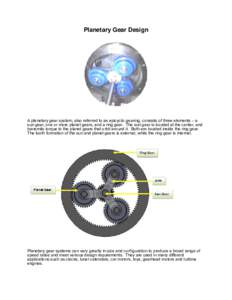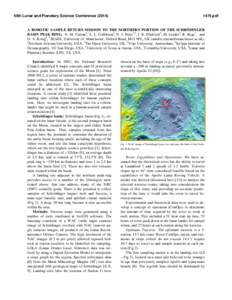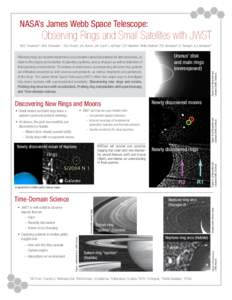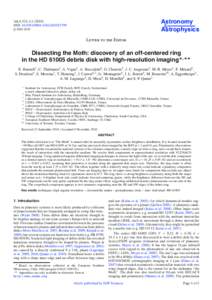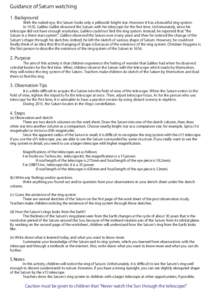 Date: 2011-02-19 04:09:28Planetary science Telescopes Saturn Galileo Galilei Christiaan Huygens Planetary ring Eyepiece European Southern Observatory Rings of Saturn Astronomy Science Astronomers | |  Guidance of Saturn watching 1. Background With the naked eye, the Saturn looks only a yellowish bright star. However it has a beautiful ring system. In 1610, Galileo Galilei observed the Saturn with his telescope for the Guidance of Saturn watching 1. Background With the naked eye, the Saturn looks only a yellowish bright star. However it has a beautiful ring system. In 1610, Galileo Galilei observed the Saturn with his telescope for the
Add to Reading ListSource URL: kimigali.jpDownload Document from Source Website File Size: 120,77 KBShare Document on Facebook
|

 Guidance of Saturn watching 1. Background With the naked eye, the Saturn looks only a yellowish bright star. However it has a beautiful ring system. In 1610, Galileo Galilei observed the Saturn with his telescope for the
Guidance of Saturn watching 1. Background With the naked eye, the Saturn looks only a yellowish bright star. However it has a beautiful ring system. In 1610, Galileo Galilei observed the Saturn with his telescope for the
